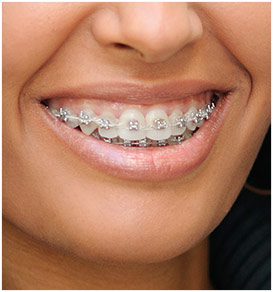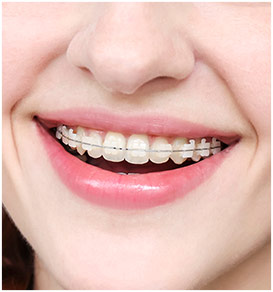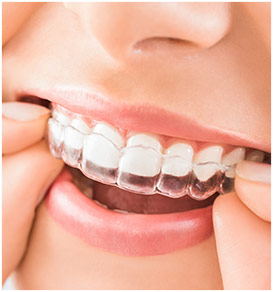Popular culture loves to tell that braces are exclusively for teenagers during the most awkward years of adolescence. The reality is that a straight, bright smile is desirable for patients of all ages. Since the 1990s, the growth of adult patients seeking braces to correct crooked, crowded and otherwise imperfect smiles has rapidly grown. This is not to say children and young adults are not also still getting braces, rather the pool of options available has made getting a straight smile easier and more affordable. That, and the power of a million-dollar smile, has become increasingly important.
Whether you are looking for braces for your child or yourself, there are some key differences in orthodontic care for adults and children. Adults often have pre-existing conditions that children do not, as a result of their long-term dental care routines and genetics. Things such as insufficient bone, bone loss, and gingivitis infections can make treatment longer or a more involved process. Adult teeth and bone are also harder and more resistant to moving so there are biomechanical limitations for adult patients. Additionally, space in the mouth can be a problem for adults, whether it’s too much from extractions or too little requiring extractions. Growing bone in children and young adults is much more responsive to creating and minimizing space. Even with the potential challenges of adult braces and orthodontic treatment, there are still many things that anyone of any age must know before proceeding.
Regardless of your age, braces or orthodontic work is a commitment with lots of care and even lifestyle changes to ensure results. For braces, you will need to dedicate time for checkups. Orthodontists will want to check on your progress and make adjustments as often as every four weeks. Finding the time for yourself, or child, amid work and other activities can be difficult. Additionally, with braces, certain foods are off limits that can be difficult to manage in younger patients and adults alike. Things such as popcorn and sticky candies can break brackets and cause damage. Another tricky change is to dental hygiene. Braces wearers teeth cleaning routines become longer and more frequent. Brushing and flossing after every meal or snack are recommended by many dentists and orthodontists for those with braces. The metal, wires, and brackets can make both of these regular routines much more difficult and time-consuming. Whether you opt for traditional braces, invisible aligners, ceramic braces, or braces on the interior of your teeth, the care and keeping routines are more extensive than not having braces.
Choosing the right type of braces generally requires a consult with an orthodontist. If you or your child are ready for a straight smile, Dr. Marc S. Wright is here for you.













